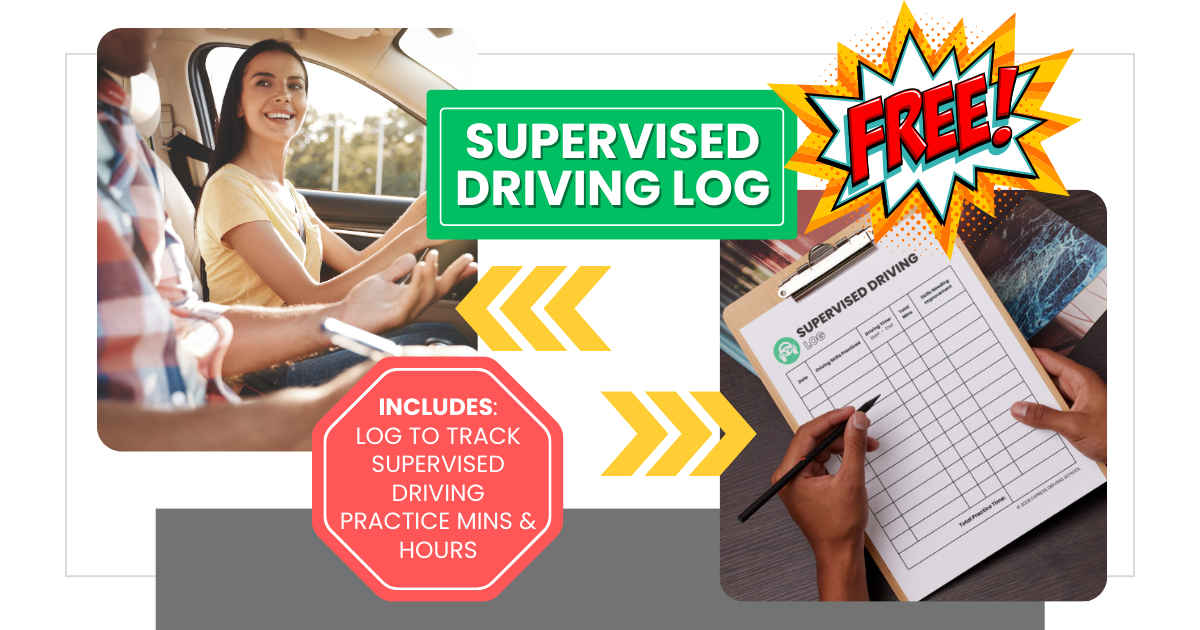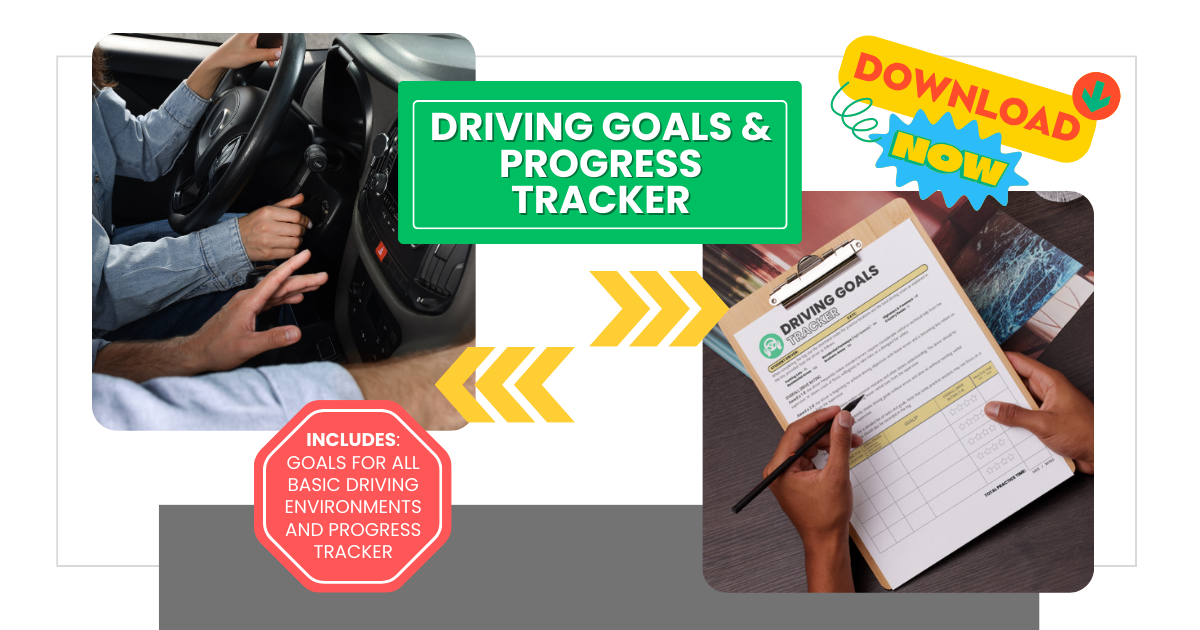Yellow Traffic Lights | DECISION ZONE
| Driving Tips for New Drivers, Parents & Teens |
Judging whether you can safely proceed through an intersection when the traffic light turns yellow is a critical skill that combines understanding your vehicle’s speed with estimating distances quickly. A practical approach to making this decision involves a simple calculation based on your speed and the concept of a “decision zone.” Here’s how to apply this method effectively:
Understanding the Decision Zone
The “decision zone” is a buffer area before the crosswalk or stop line at an intersection, which helps drivers determine whether to stop or proceed when the light turns yellow. This zone’s size depends on your vehicle’s speed, allowing for a quick, intuitive assessment rather than complex calculations while driving.
Calculating the Decision Zone
To calculate your decision zone, use your speed and a rule of thumb where each 10mph of your speed equates to approximately one car length distance from the crosswalk as your decision zone. A car length can be roughly estimated as about 15 feet, but this can vary based on the vehicle size. For typical passenger cars, using this average is sufficient for on-the-spot judgment.
Example Calculation:
- Speed: If your car is traveling at 30mph, you divide the speed by 10 to determine the decision zone in car lengths. For 30mph, this results in a decision zone of 3 car lengths from the crosswalk. 40mph = 4 car lengths, 50mph = 5 car lengths
Application:
- Proceeding Through the Intersection: If you find yourself within this calculated decision zone (e.g., within 3 car lengths for a 30mph speed) when the light turns yellow, you can consider it safe to continue through the intersection, assuming you cannot stop safely without causing a hazard or abruptly stopping.
- Stopping: If you have not yet entered the decision zone (e.g., more than 3 car lengths away at 30mph) when the light turns yellow, you should prepare to stop safely at the intersection, ensuring you do not enter the crosswalk or intersection after the light has turned red.

Important Considerations
While this method provides a straightforward way to judge whether to stop or go at a yellow light, always consider other factors that can affect your decision, such as:
- Road Conditions: Wet, icy, or slippery conditions significantly increase stopping distances. Adjust your decision zone accordingly by increasing the distance for safety.
- Traffic Flow: Be mindful of the behavior of vehicles around you. If stopping abruptly could cause a safety issue, especially with closely following traffic, proceed with caution.
- Vehicle Type: Larger vehicles require more distance to stop. If you’re driving a heavy vehicle or towing, extend your decision zone beyond the simple car length calculation.
Yellow Traffic Lights | DECISION ZONE
Using speed and a straightforward car length calculation to establish a decision zone offers a useful guideline for deciding when to stop or proceed at a yellow light. However, always prioritize safety, considering both the conditions of the road and the response of other drivers. This method should enhance your driving judgment, but remember, cautious driving and adherence to traffic laws are paramount for everyone’s safety on the road.
Drive with Confidence!
Keep up with all the latest driving news. Expolre our blog packed with essential tips and expert advice on all things related to DRIVING!






